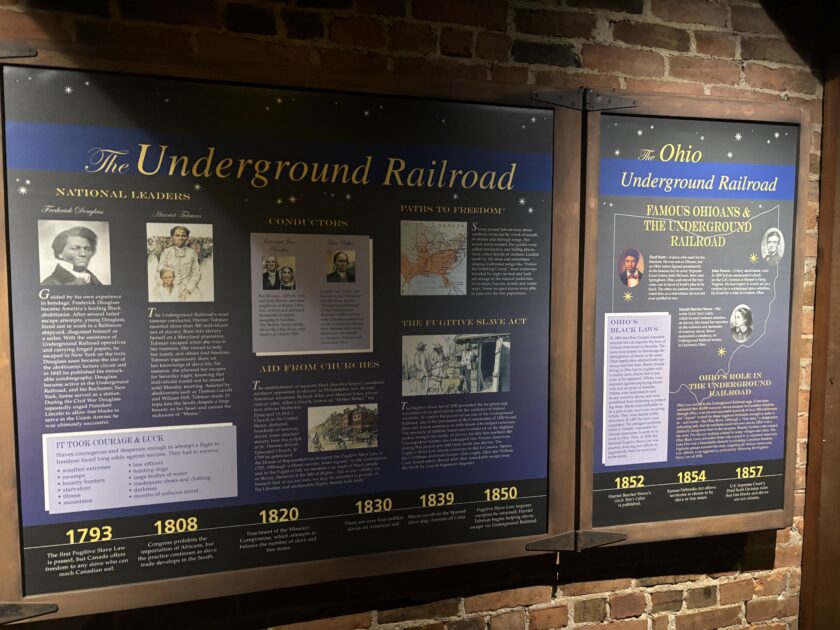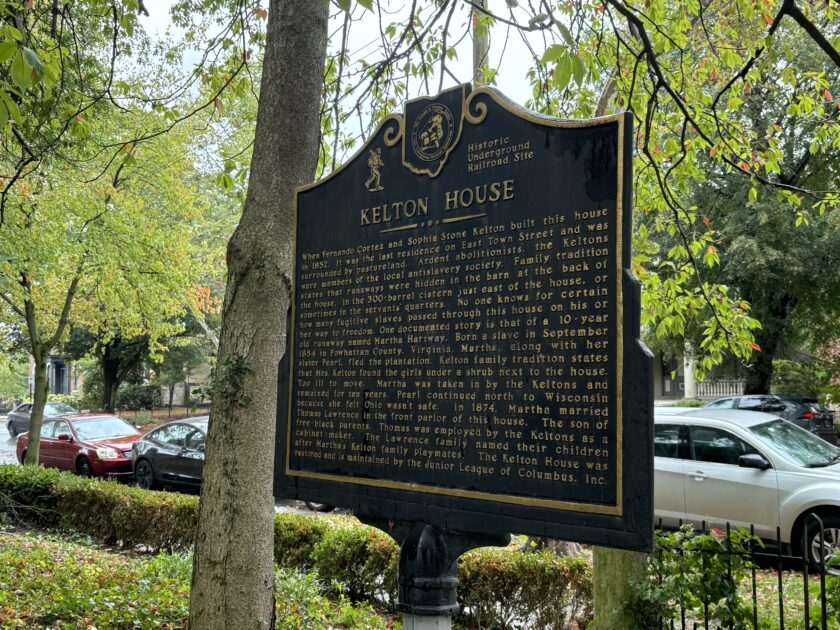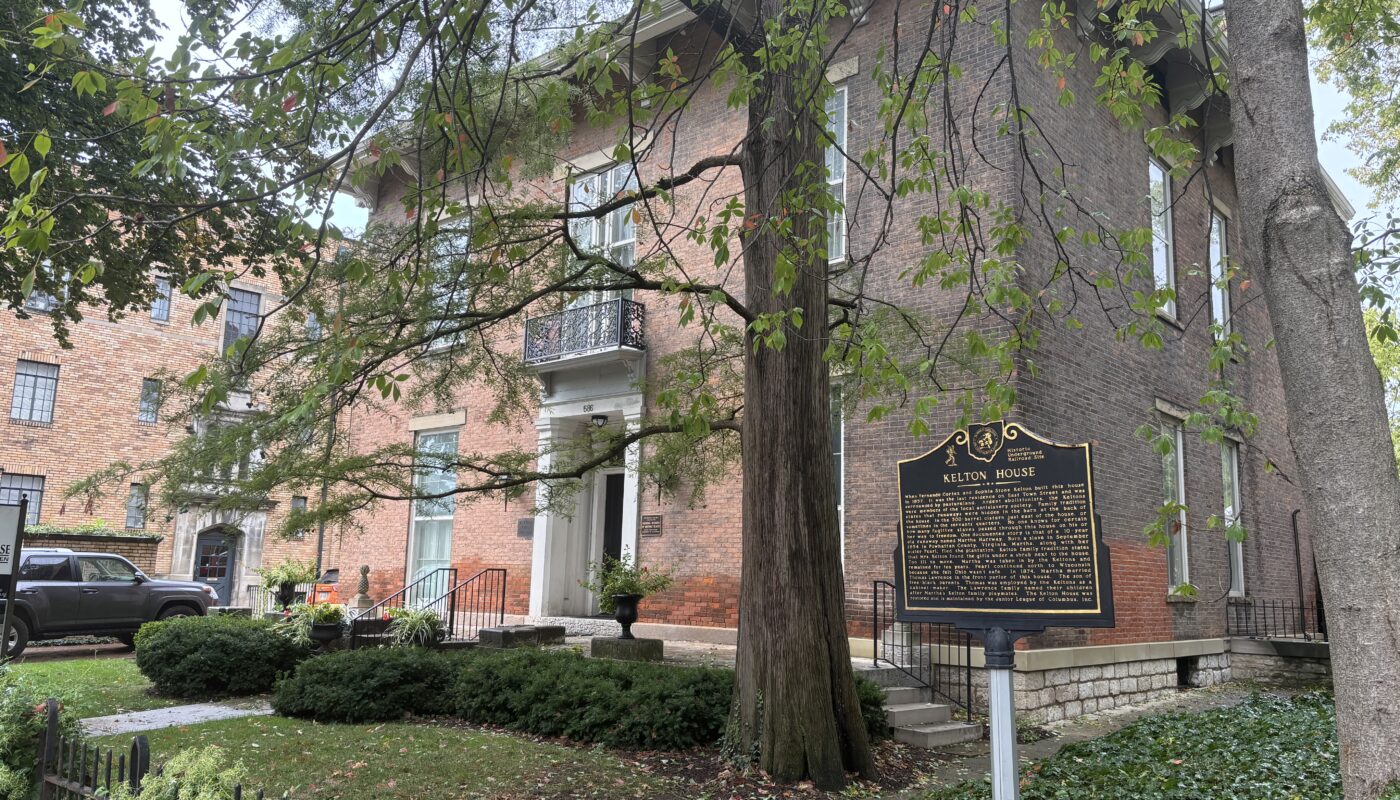The Underground Railroad is one of the most important parts of American history and it holds many connections to Ohio. The state was a crucial part in several slave’s journeys toward freedom.
Forty locations in Ohio currently strive to celebrate the importance of the state’s assistance to the Underground Railroad.

The Ohio trail originally included 25 stops, but over the past year 15 more stops have been added. The trail currently runs from the National Underground Railroad Freedom Center in Cincinnati to the Lathrop House in Sylvania.
Ohio Gov. Mike Dewine has expressed his support for the Ohio Underground Railroad trail.
“The path of the Underground Railroad through Ohio was pivotal in leading many enslaved African Americans toward freedom, and we must ensure that this history continues to be passed down to future generations,” Dewine said. “By nearly doubling the number of must-see historic sites along Ohio’s Underground Railroad Trail, we hope more residents and visitors will explore the parts of the state where this history was made.”
The closest Underground Railroad location to the university is the Kelton House Museum and Garden. While not one of the 15 new locations, the Kelton House is still an important site in Ohio.
According to their website, the Kelton House’s mission is “to preserve, present, and promote local history, the decorative arts, and the Kelton Family experience with the purpose of educating and enriching the community.”
The Kelton House Museum and Garden was founded in 1976 and was funded partly by Grace Kelton, a third generation member of the Kelton family. The historic location offers guided tours of the house, with many historical artifacts, that discuss the Kelton family’s importance to the Underground Railroad.

A sign outside the house explains that the Keltons were “ardent abolitionists” and members of their local antislavery society. According to the sign, “runaways were hidden in the barn at the back of the house…or sometimes in the servant’s quarters.”
Possibly the most important room in the house, the basement, holds several signs informing visitors of central Ohio safehouses, basic details of the Underground Railroad as a whole and famous Ohioans who were involved in the Underground Railroad.
There were over 25 safehouses in Columbus and the Kelton House highlights three: the Ozem Gardner House, Second Baptist Church and The Hannibal Kimball Farmstead.
As far as famous Ohioans, the house features John Brown, a “fiery” abolitionist who led a failed attack on the U.S. Arsenal at Harper’s Ferry, Virginia, and Harriet Beecher Stowe, author of “Uncle Tom’s Cabin.” Though not an Ohioan, Dred Scott is also featured as his court case had ties to Ohio. John McLean, a Supreme Court Justice from Springboro, Ohio, was one of the two Justices who voted in favor of freeing Scott.
The preservation of the Kelton House is very pristine with about 80% of it remaining how it was when it was still in use by the Kelton family.
Immediately upon entering, two rooms sit on either side that hold 19th century furniture, dishes, and decor. A working grandfather clock sits outside one of these rooms and across from two oil paintings that make the whole setting highly immersive.
The Kelton House’s dedication to studying Ohio’s history make it an important location on the Ohio Underground Railroad trail and a fun thing to do on a rainy day in Columbus.


